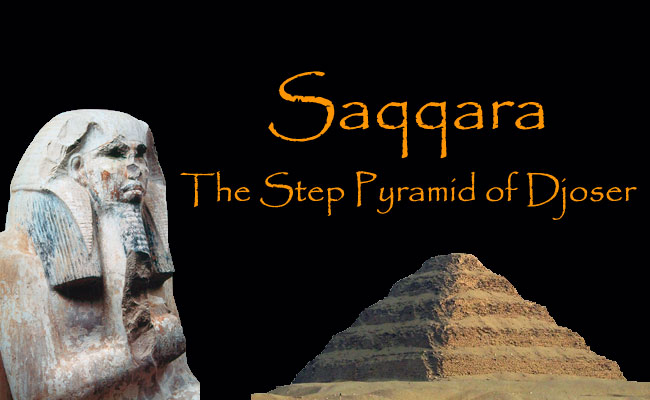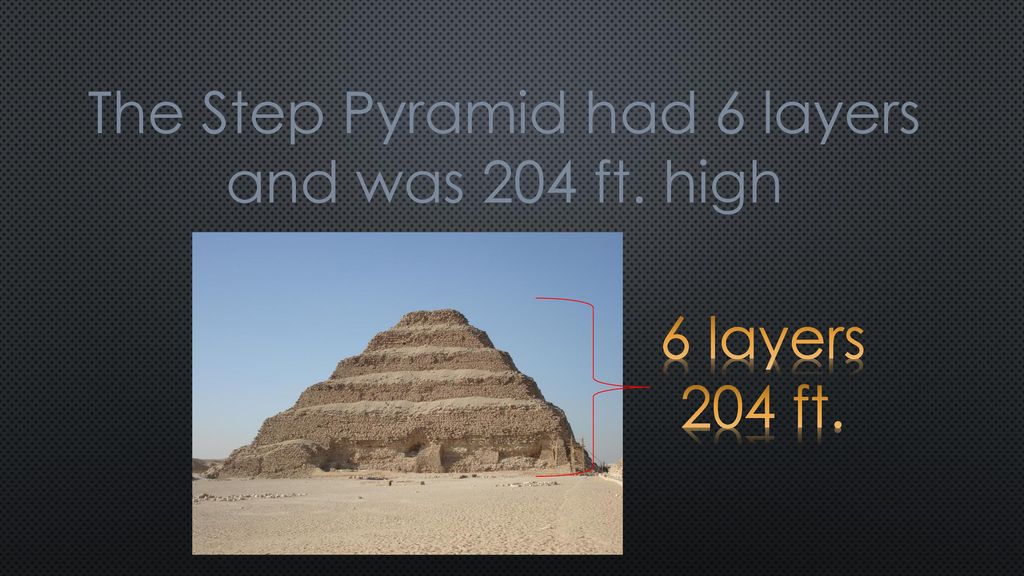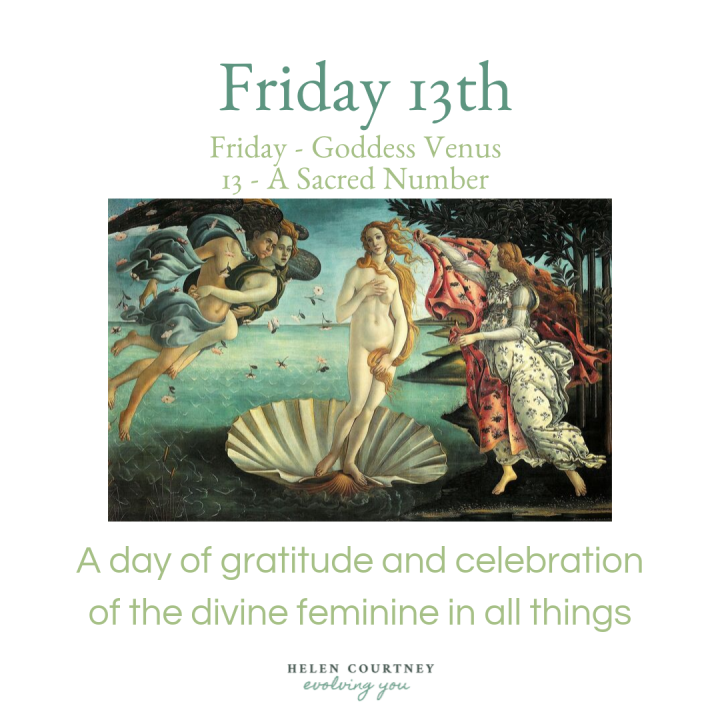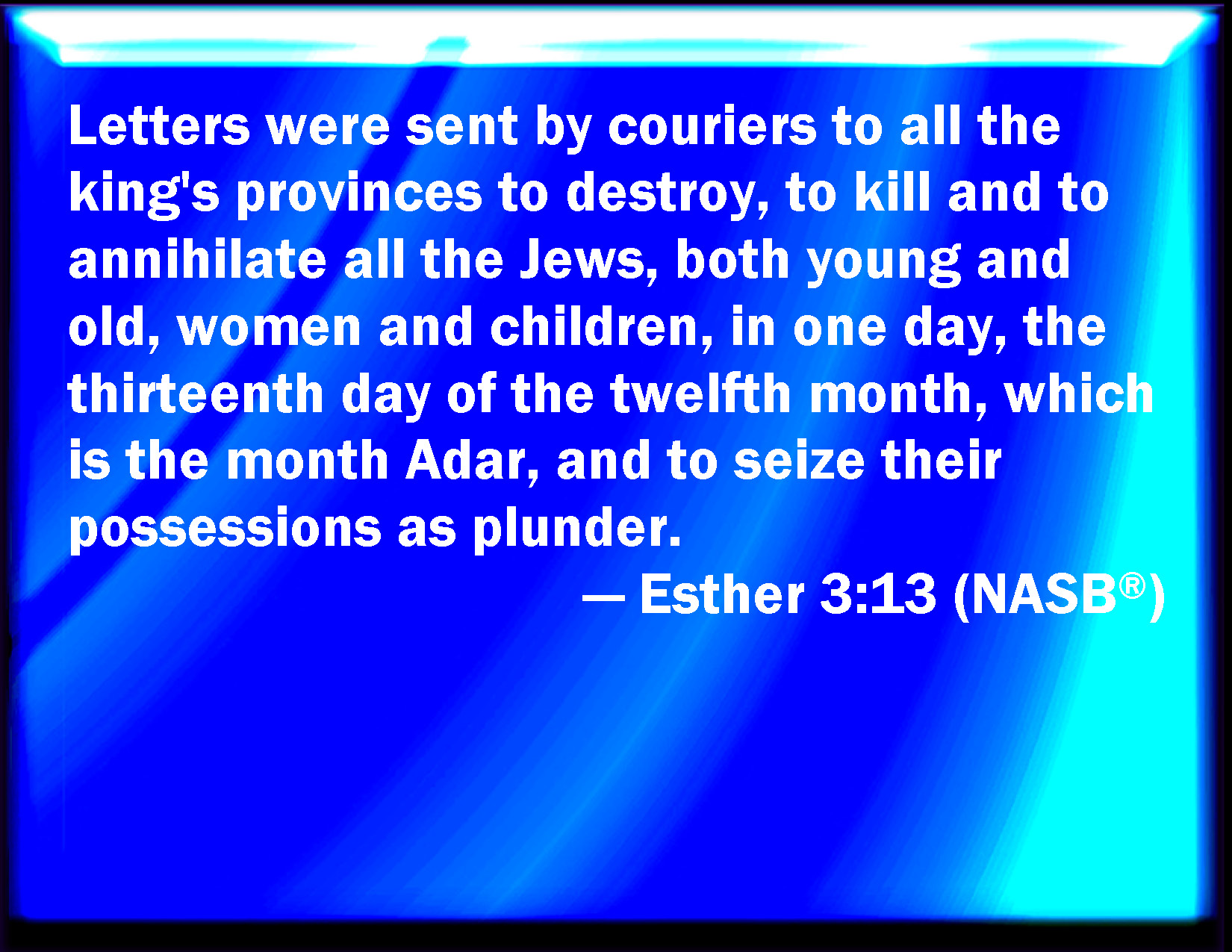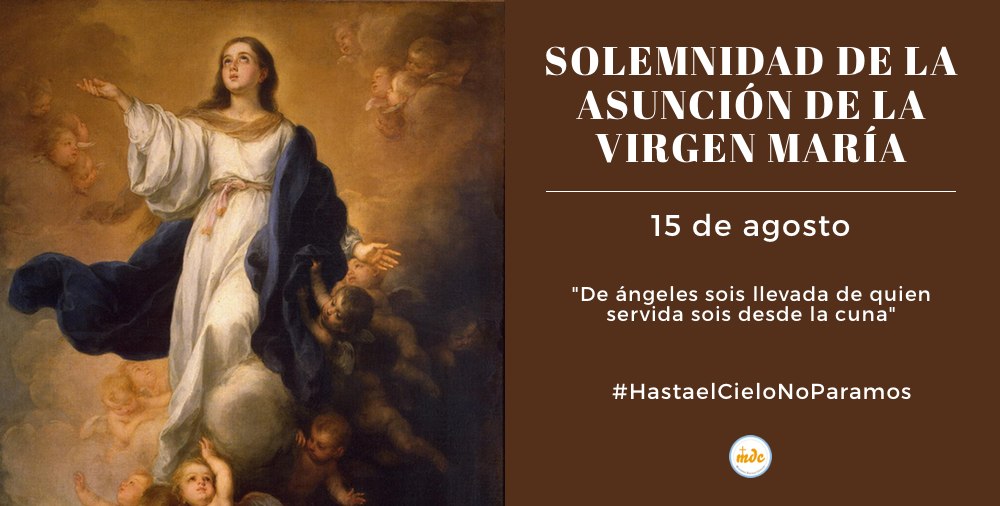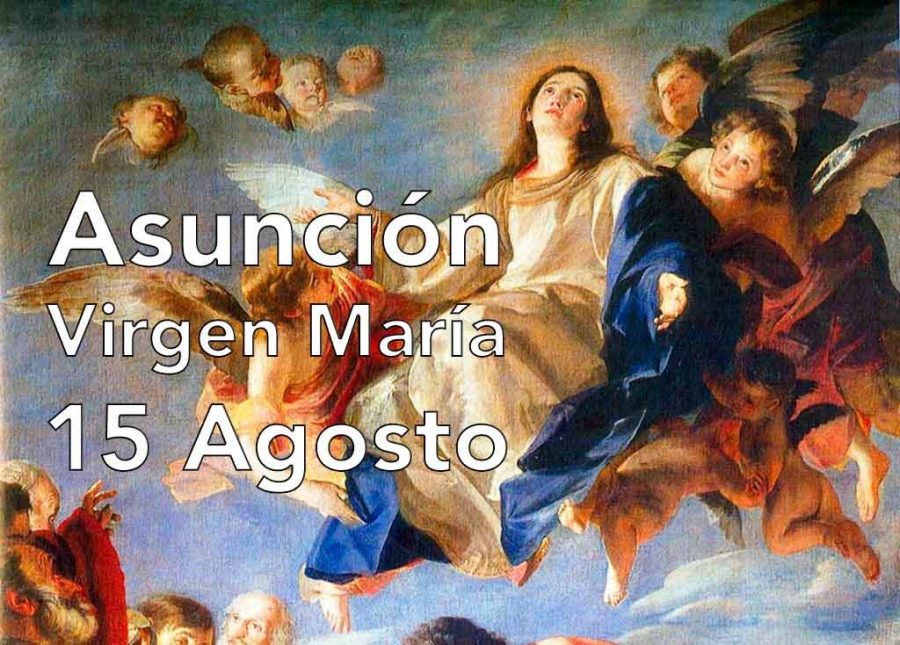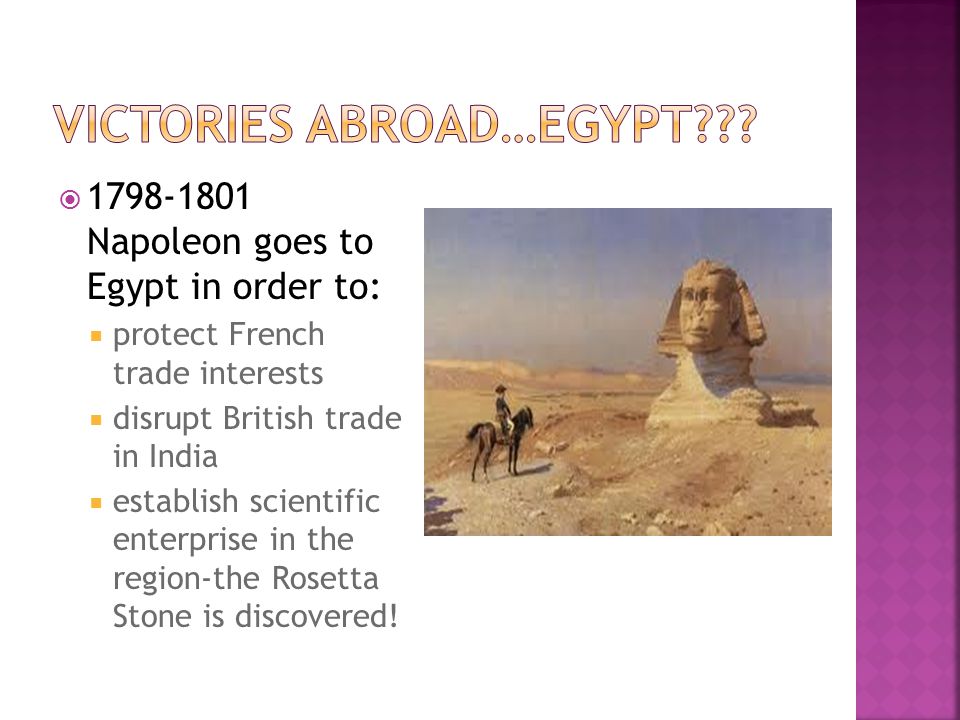by Joseph Pronechen –
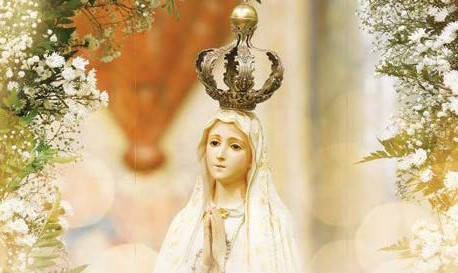
What significance might there be to the way ‘13’ is connected with Fatima? When our Blessed Mother appeared at Fatima, each time happened on the 13th day of the month, with the exception of August. That month, she appeared on the 15th, the feast of the Assumption, because the children had been kidnapped and jailed in Ourem, preventing their going to the Cova at the expected time.
Of course, heaven doesn’t do things without a purpose, and there are major connections to the number 13 that weave into the Fatima story and can enrich its significance and meaning.
Certain numbers have great significance and symbolism for the Jewish people and for us. There were mystical meanings and sacredness attached to particular numbers in the Old Testament, which carried into the New Testament and by the Church Fathers: Three persons in the Holy Trinity; God rested on the seventh day; twelve tribes of Israel; twelve apostles. This clearly and definitely has nothing at all to do with superstition.
Another connection, the Fathers of the Church regard Esther of the Old Testament as a prototype of the Blessed Virgin Mary. Esther was among the Jewish exiles to Persia. Her uncle Mordecai cared for her and was at the same time a diligent servant of Persia’s king. When King Ahasuerus needed to appoint a queen from all the possible women, once he saw her, he “loved Esther more than all the other women; of all the virgins she won his favor and devotion, so that he set the royal crown on her head and made her queen.” He didn’t know she was Jewish.
Esther became aware of an evil plot by Haman, a trusted official of the king’s court, who was jealous of Mordecai and his position. To solidify his power, he wrote and finalized a decree that all the Jews in the kingdom — men, women and children — were to be wiped out with the sword, to be carried out on the 13th day of the Jewish month of Adar.
Esther was asked to intercede with the king. She did so even though it could have cost her life, because she appeared before him without asking the permission necessary to see him. She walked right in with her request.
She revealed to the king that Haman had ordered the annihilation of the Jews under the king’s name and used his seal to order it be done on the 13th of Adar, and that she herself was a Jewess. King Ahasuerus loved her dearly, was outraged by the villainy, put Haman to death and gave the orders to save the Jews. On the 13th day, when the enemies of the Jews hoped to gain power over them, the Jews instead gained power over their foes, through the intercession of Queen Esther.
Esther saved her people
Like Esther, Our Lady came to Fatima to save her people from evil by showing them the right path to follow. The name Esther is from the Hebrew meaning “star.” And “happiness.” Sister Lucia told Dominican Father Thomas McGlynn that Our Lady always had a star on her tunic. The star was yellow.
Esther was a queen. Our Lady is an infinitely greater queen, whom we celebrate on the feast of the Queenship of Mary, Aug. 22, and in the Glorious mysteries of the Rosary. Our Lady directed us to pray the Rosary at every apparition. Which brings up another 13.
It was in the 13th century that Our Lady gave St. Dominic the Rosary. Also in the 13th century, she gave St. Simon Stock the Brown Scapular. On Oct. 13 at Fatima, Our Lady appeared as Our Lady of Mount Carmel, silently teaching us about the scapular. Lucia later affirmed, “the Scapular and the Rosary are inseparable. The scapular is a sign of consecration to Our Lady.”
The Holy Eucharist
The Fatima message directs us to Jesus, especially in the Holy Eucharist. Mary first appeared on May 13, the original feast of Our Lady of the Blessed Sacrament. During that apparition, the children experienced the light of God coming from Mary’s open hands; they fell to their knees and prayed, “O Most Holy Trinity, I adore you! My God, my God, I love you in the Most Blessed Sacrament.”
Mary is intimately linked with the Holy Trinity as was shown to Sister Lucia during the “Last Vision” in Tuy, Spain, on June 13, 1929. Lucia received insights into the mysteries of the Trinity and Mary’s connection. At Pentecost, when the Holy Spirit descended, Our Lady was with the apostles and together they comprised 13 people in the room.
Not only were there the 12 apostles with Mary, but looking back, there were 12 tribes of Israel — and here’s how 13 comes in. One rabbi expert pointed out the 12 tribes from the 12 sons of Jacob, who became Israel, “are bonded into their father Israel [Jacob]. Israel is the 13th. The meaning of the number 13 is the bonding of many into one.”
The rabbi also noted that in Hebrew every letter has a numeric value, and the Hebrew word ahava (which means love, as in the New Testament) is connected with God and has a numerical value of 13.
At Fatima, Mary came in love to bond us all in the love of God, by following her directives, which ultimately came from God — who St. John tells us is Love (1Jn 4:8) — into the one family of God headed for heaven.
Joseph Pronechen is a regular contributor to the National Catholic Register. He wrote this for the Spring 2022 issue of Soul Magazine.

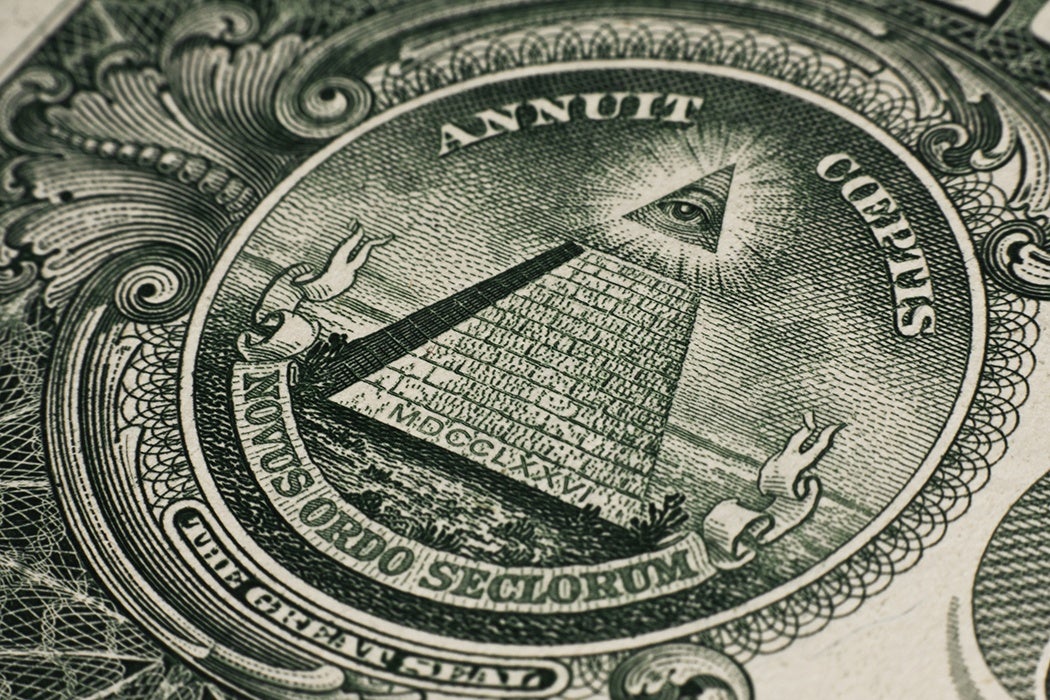



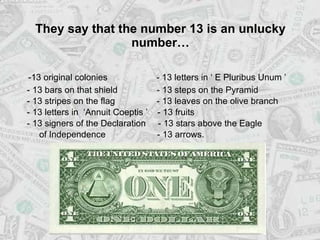

![That's one small step..." —Neil Armstrong [1024 x 1333] : r/QuotesPorn](https://i.imgur.com/lfLGX.jpg)


